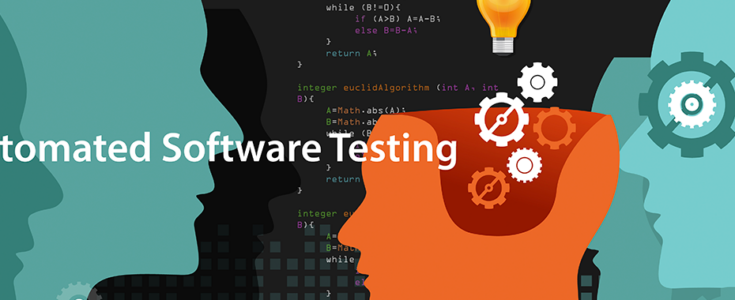
Rethinking Test Automation Strategy and Test Automation Transformation

Test automation has gone from an elitist option to a non-negotiable in digital engineering. For one, it is far more effective to incorporate automation into the development pipeline rather than hire more testers. Second, test automation offers the kind of accuracy humans cannot deliver.
In this article, we will cover the entire quality engineering ecosystem, how that affects how we think about test automation strategies, and how we can move forward towards test automation transformation.
The Quality Engineering Ecosystem
When we think about the quality engineering ecosystem, we must think of it from an end-to-end perspective.
On the left side, test case optimization is happening. We identify the right tool, which can automate even when the application is not ready. We also have regression automation. We are doing progression automation so that it keeps up with development and creating agile and DevOps pipelines. Then we integrate those particular things into various environments and maintain those releases.
We are also integrating multiple digital devices and the integration points because the days of self-sustained or siloed applications are gone. Our application would be talking to the multiple integration points, so we must have a suit. The suit is not only getting executed on the website or desktop, but it is integrating and running fully functional, fully automated test cases that cross all those technology and integration points.
On the right side, we must have predictive analytics, realizing how much automation is being utilized. The right tools with self-healing capabilities must be selected. That means if applications are changing automatically, those thousands of test cases are getting auto healed.
Rethinking Test Automation Strategy
As you can see, the quality engineering ecosystem is a complex and holistic environment. That is why we must rethink traditional test automation strategies.
Historically, testing has been performed manually. Manual testing relies heavily on the experience and knowledge of testers. However, teams have increasingly adopted automation to combat the challenges of manual testing and augment the entire quality engineering ecosystem. The reason for test automation is to efficiently deliver a quality software product. Automation testing is beneficial as it helps save time, allows for broad testing, and doesn’t require human intervention.
But it is difficult for organizations to keep up with automation expertise in various digital technologies since the practice has become so complex. That is why many companies are outsourcing their testing practice. Outsourcing your testing can be a great step towards achieving automation transformation.
Test Automation Transformation
When we think about test automation, we must look at the entire quality engineering lifecycle as an enabler for business growth. We need a holistic approach to automate not only the applications, but the entire quality engineering ecosystem. This outlook will help drive adoption of innovative approaches to augment the process. Additionally, a holistic approach to test automation can enable cost optimization, increased efficiency, improved application and data security, and help accelerate market readiness.
Apexon helps test/QA organizations expand their use of automation to accelerate time-to-market for new digital services with fewer defects in production. To get in touch with our test automation experts, check out the Apexon Digital Assurance page or get in touch directly using the form below.
Also read: Is Shift Left in Testing the Same for Greenfield and Brownfield Projects?

